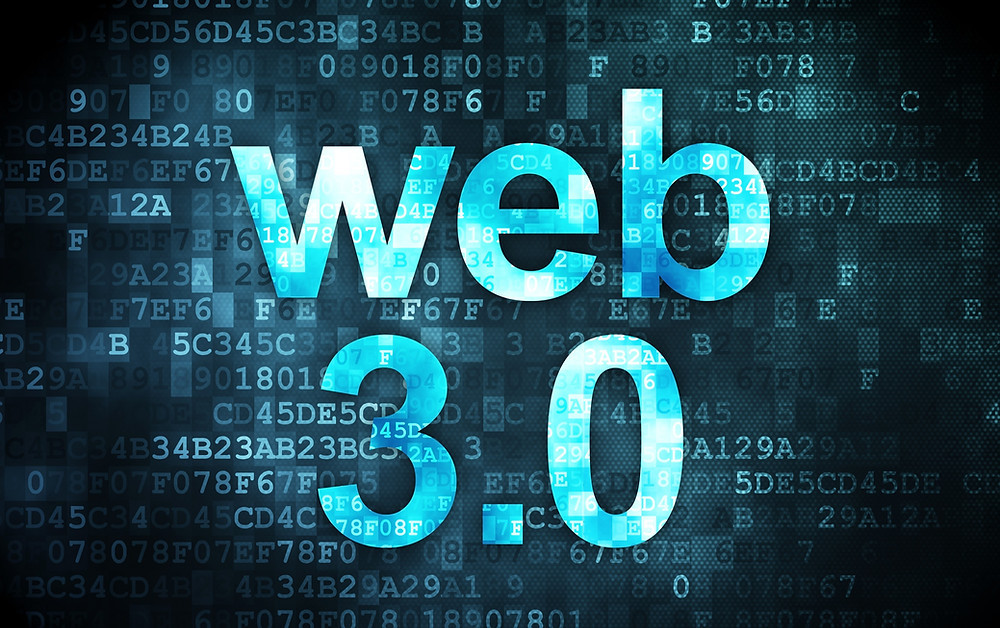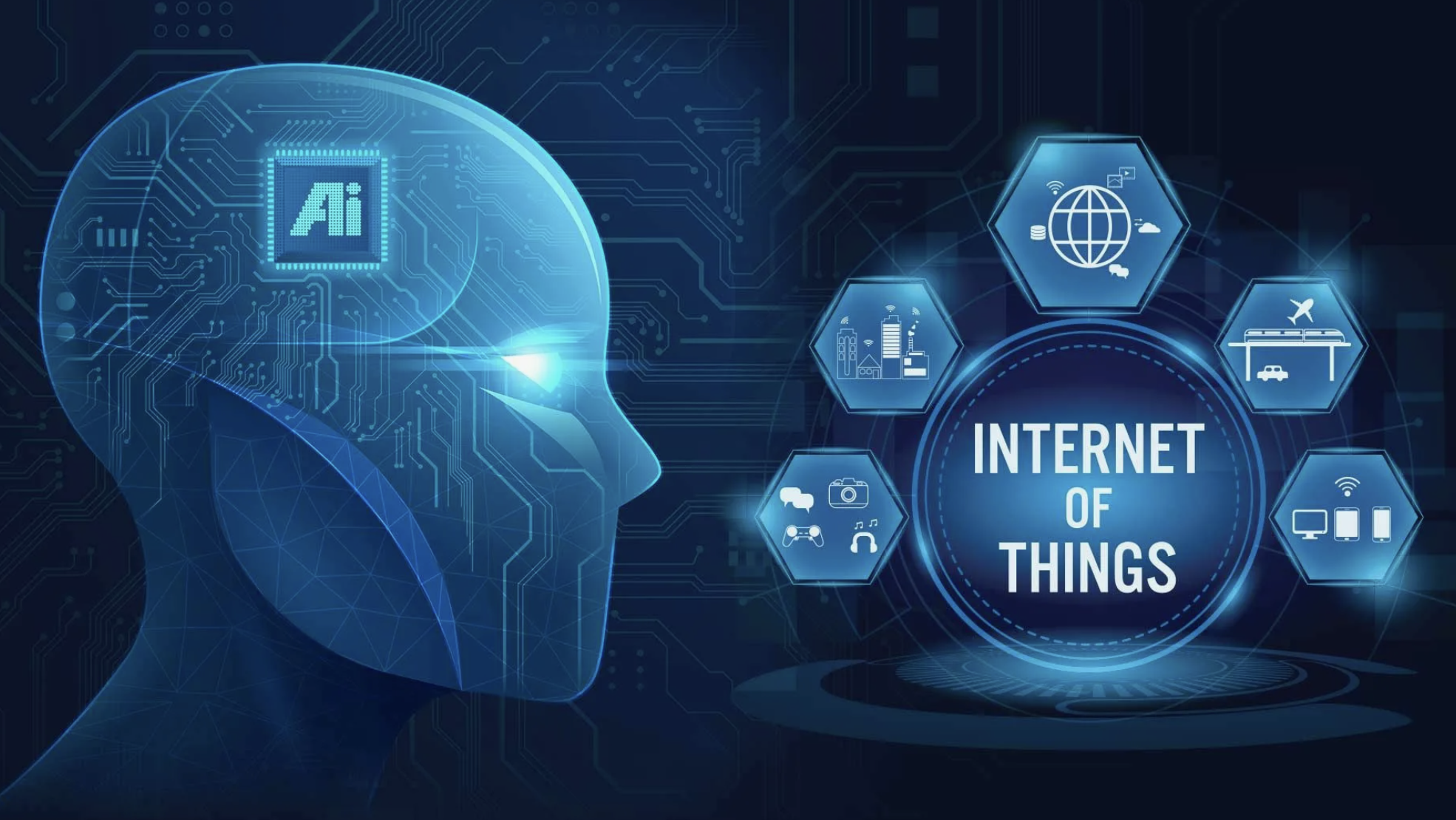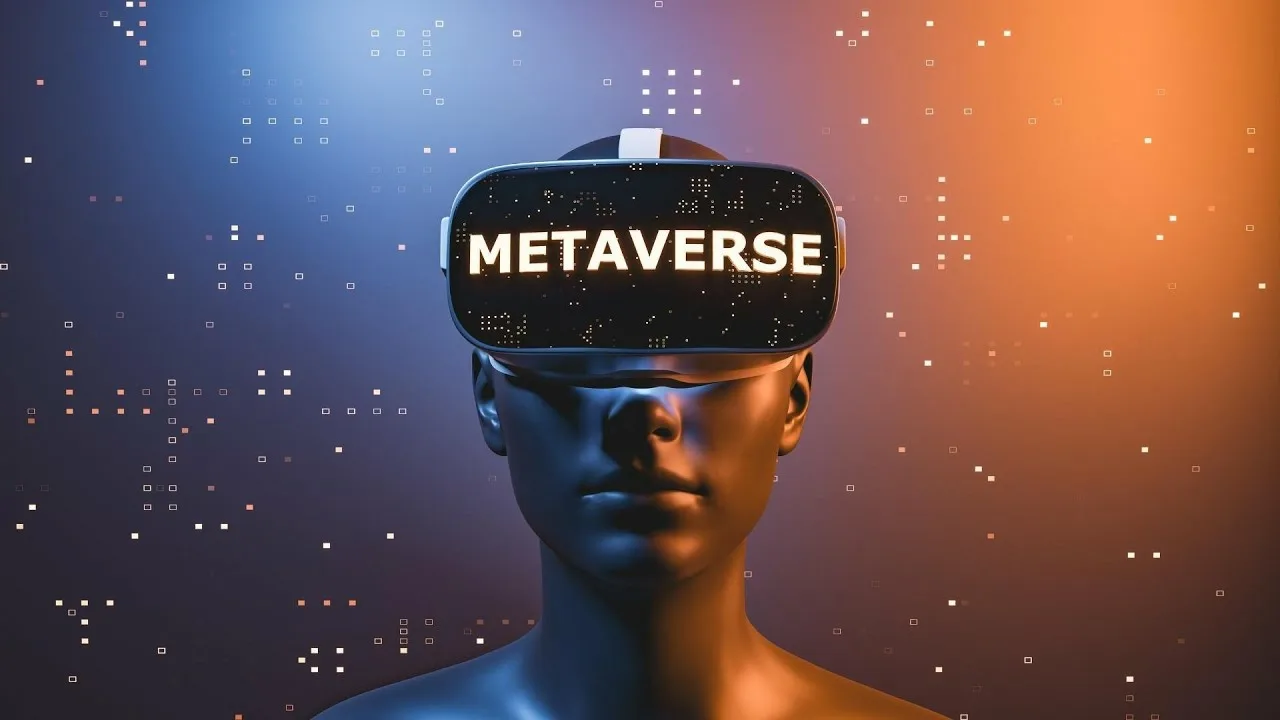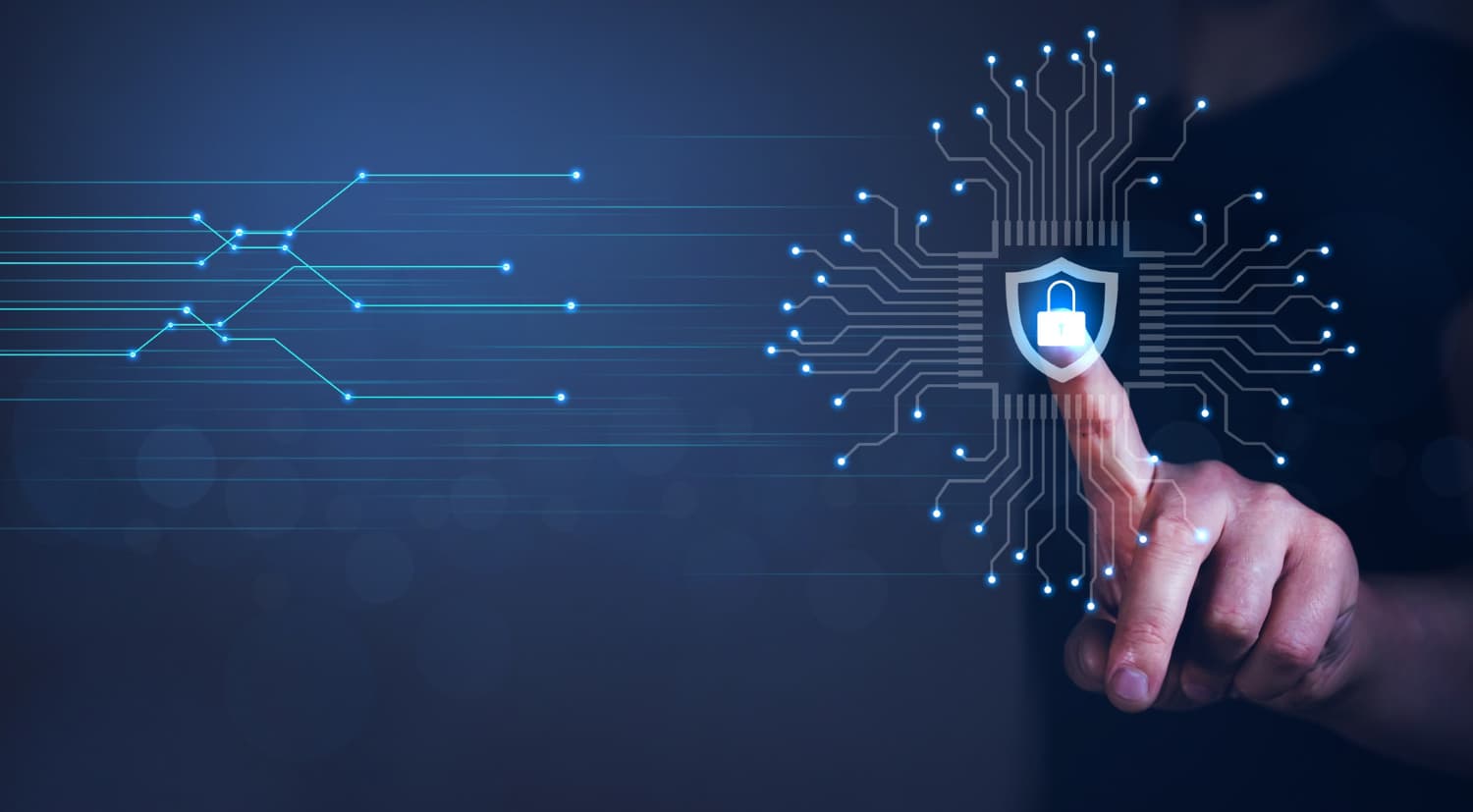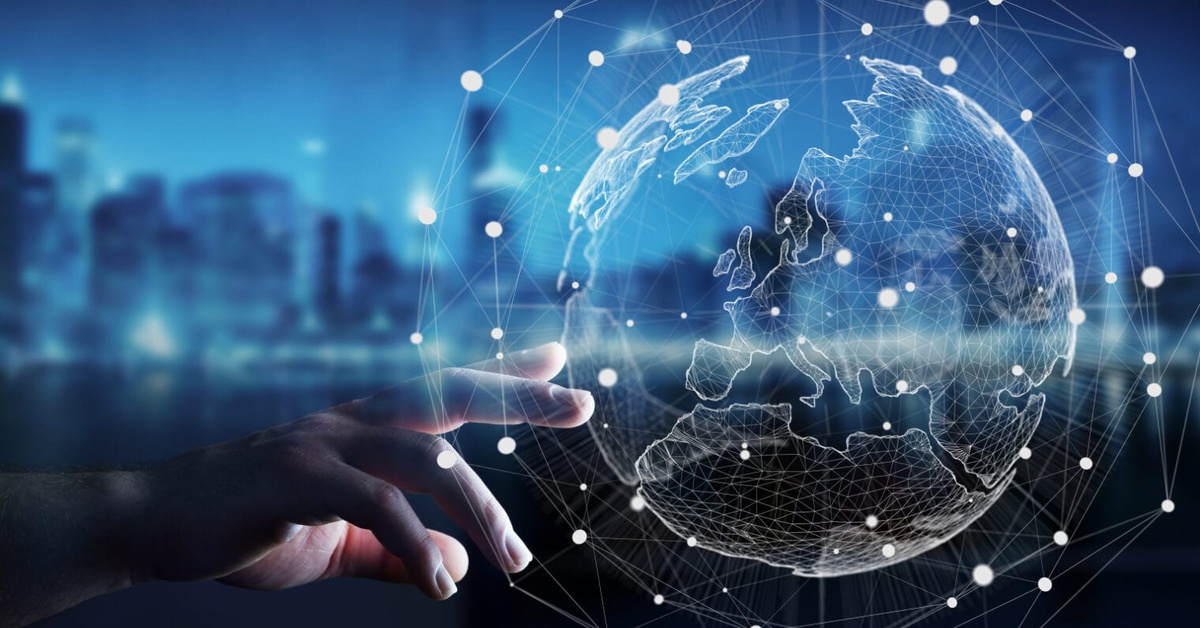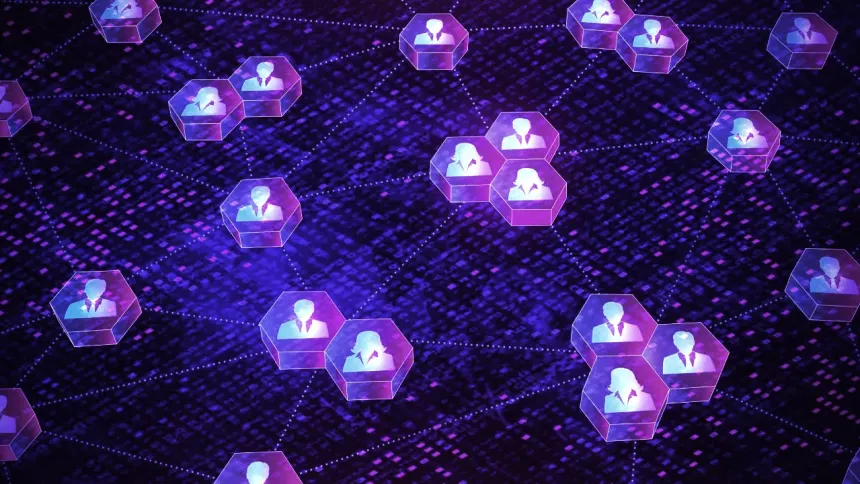Today’s internet moves fast—but it’s still built on classical bits: 1s and 0s moving through fiber optics, modems, and routers. What if, instead of bits, we used qubits—particles that can exist in multiple states at once? What if data wasn’t just encrypted, but physically unhackable? And what if networks could connect quantum computers across continents in real time?
Welcome to the idea of the Quantum Internet—a radical new layer of communication that promises unprecedented levels of security, ultra-precise timing, and entirely new types of applications. Though it may sound futuristic, early versions already exist. And in the next 10–20 years, quantum networks may join classical internet infrastructure as a backbone of scientific research, cybersecurity, finance, and more.
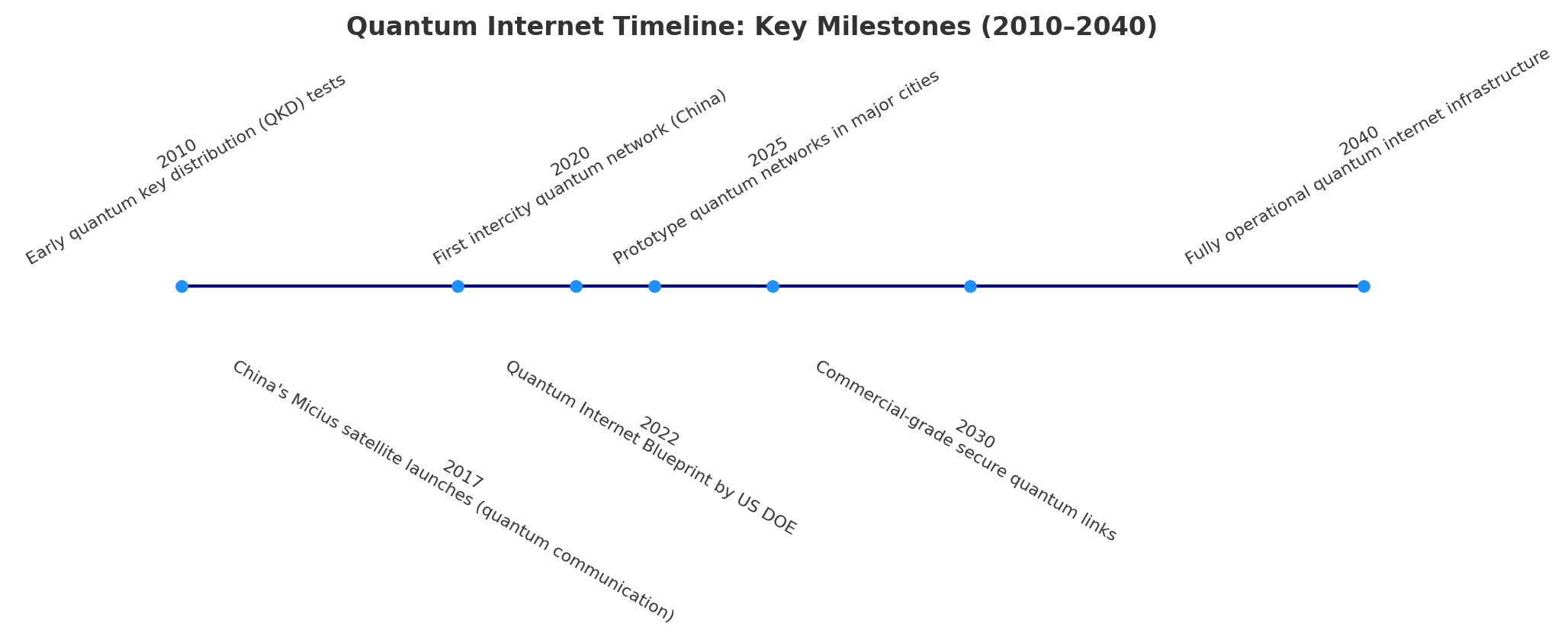
📈 Timeline of Quantum Internet Development
To understand where we’re headed, let’s look at how the field has evolved over time:
This timeline illustrates how quantum communication has moved from lab experiments in the 2010s to full-scale infrastructure plans in the 2030s and 2040s. The U.S., China, and the EU are actively racing to build the foundations of the quantum internet.
🔬 How Does Quantum Internet Work?
Unlike the regular internet, which sends packets of data encoded as electrical or light signals, quantum internet uses quantum entanglement and quantum key distribution (QKD). These rely on:
-
Qubits: The quantum version of bits, capable of holding multiple states
-
Entanglement: A phenomenon where two particles remain connected, regardless of distance
-
Teleportation protocols: Used to "transfer" quantum states between nodes
-
Quantum repeaters: Devices that extend range, overcoming signal decay
The quantum internet will not replace classical internet but will run alongside it, offering specialized features like unbreakable encryption and secure identity verification.
🔐 Why It Matters: Key Use Cases
-
Cybersecurity: Unhackable communication using QKD
-
Financial Networks: Tamper-proof authentication for transactions
-
Scientific Research: Connect quantum computers across labs
-
Defense & Intelligence: Secure government communications
-
Critical Infrastructure: Protection of power grids, satellites, and health data
🌐 Global Momentum
Major initiatives include:
-
China’s Micius satellite: Enabled the first intercontinental QKD communication
-
EU’s EuroQCI: A Europe-wide quantum communication infrastructure
-
U.S. Quantum Internet Blueprint (2022): Government roadmap for secure national networks
-
Japan, Canada, and South Korea: Rapid experimentation with quantum repeaters
🚧 Challenges Ahead
While the science is proven, the real-world infrastructure is still immature. Key barriers include:
-
Distance limits: Entangled particles degrade over long fiber lines
-
Hardware instability: Qubits are delicate and error-prone
-
Cost and scale: Extremely high R&D and deployment costs
-
Standards: Lack of unified protocols across nations and vendors
🧾 Conclusion: Building a New Layer of Trust
The quantum internet isn’t here to replace TikTok or email. It’s being built to underpin critical systems that demand absolute trust, resilience, and speed. While most of us won’t "use" the quantum internet directly, we’ll benefit from its security when banking, accessing medical records, or storing sensitive data.
The question isn’t whether the quantum internet is real—it’s how fast we can build it, and who gets there first.

